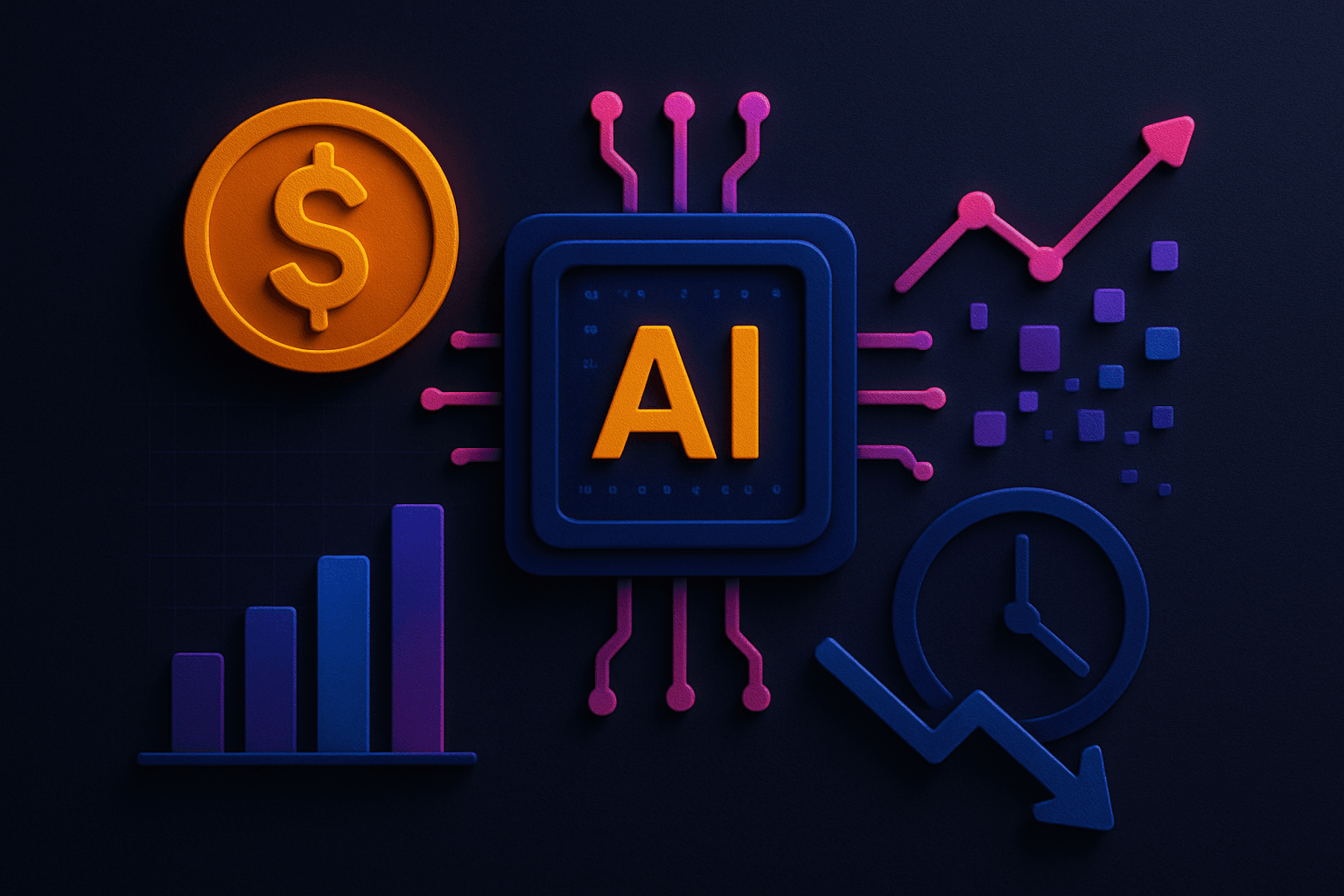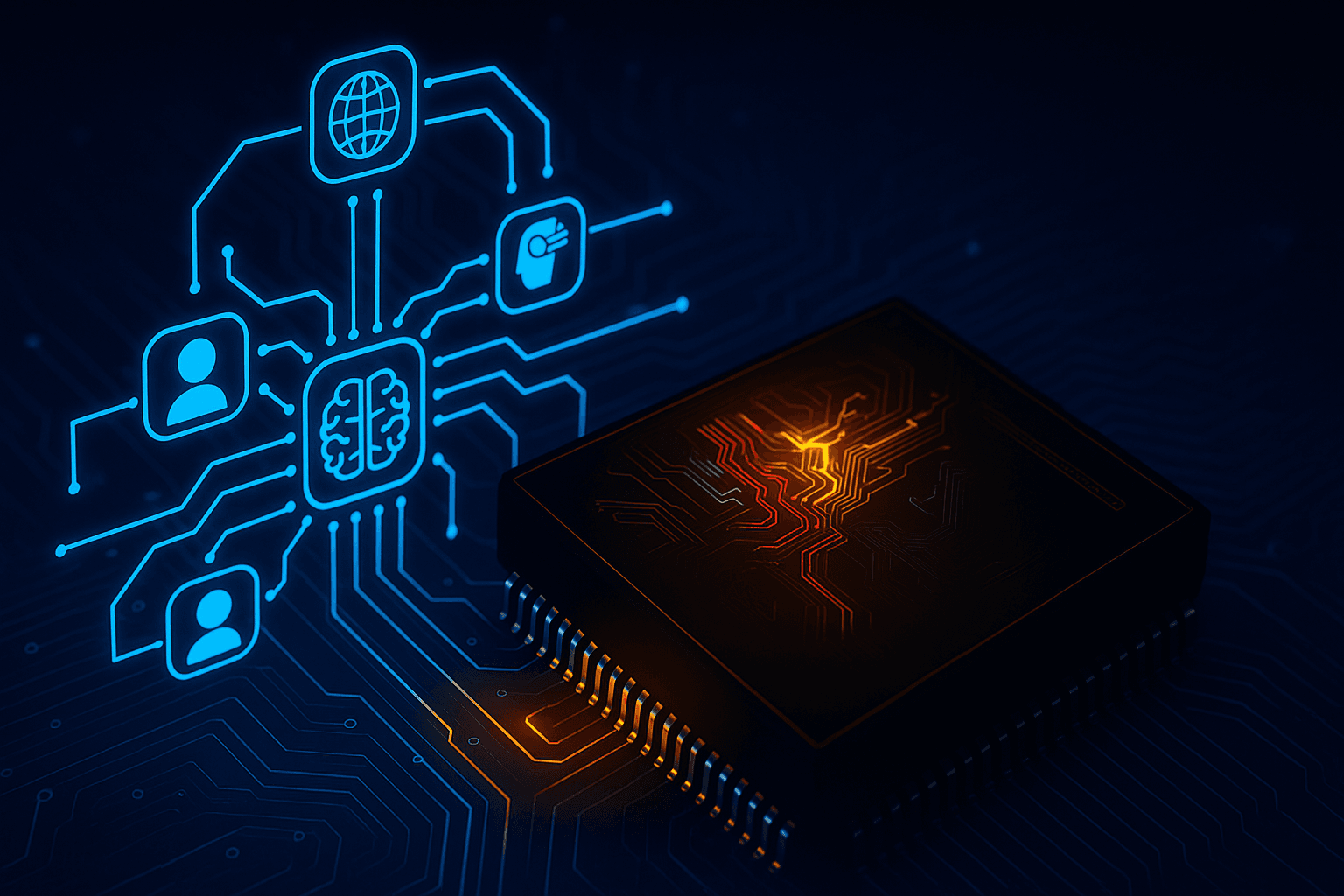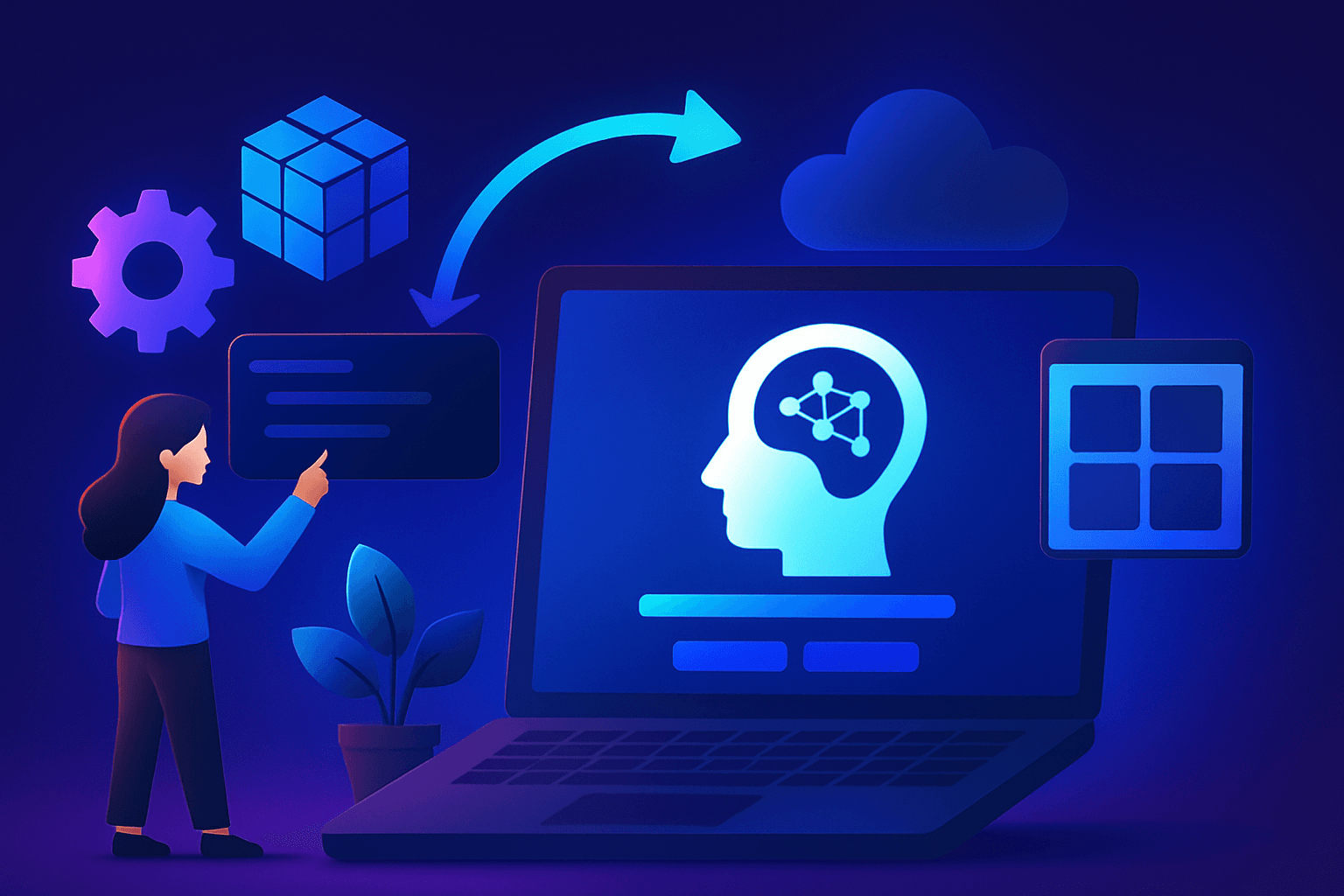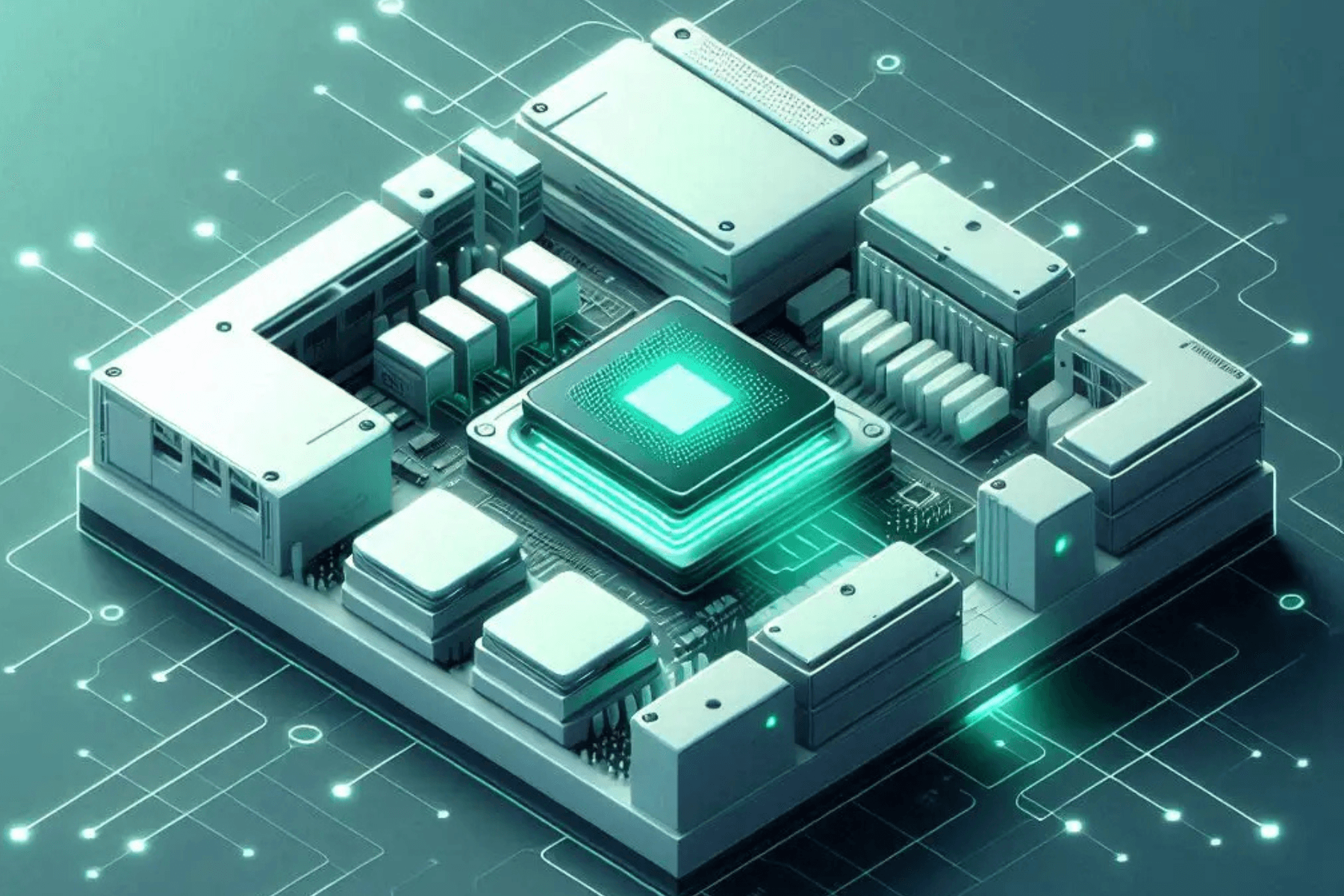Graphics Processing Unit (GPU) an essential part of modern computing systems. It is a highly parallel, programmable and powerful computing single-chip processor. GPU was designed to meet large computing requirements, parallelism, and latency over throughput.
Evolution of GPU Computing
In 1999, NVIDIA (an American multinational technology company, Santa Clara, California) released the world’s first GPU, the “GeForce 256” in the market. It is a single-chip 3 Dimensional (3D) real-time graphics processor. It had 32 MB (Megabytes) of 128-bit DRAM (Dynamic Random Access Memory), 23 million transistors, 120MHz (Megahertz) core clock, and 64-bit pipeline for rendering. GPUs first used to calculate floating-point arithmetic in 3D geometry and vertices and then to handle pixel lighting and colour values in high definition graphics. The addition of programmability from fixed-function pipelines to microcode processors, programmable processors, configurable processors, and scalable parallel processors started evolving in modern GPUs.
The evolution of GPU architecture has the journey started from a specific single-core fixed-function hardware pipeline implementation for graphics to a set of fully programmable and highly parallel cores for general-purpose computation.
NVIDIA released “GeForce 3” in 2001 and after that NVIDIA kept bringing better versions of GPUs having faster speed, precision, and programmability such as Geforce FX, ATI Radeon 9700, ATI Radeon 8500. Simultaneously, Microsoft released the series of GPU computing drivers, and Intel started releasing generations of their GPUs. By 2003, GPU hardware included programmable GPU with the introduction of DirectX 9. These cards had full floating-point support as well as advanced texture processing units. Moreover, in 2004, GPU language started appearing in software that offered real conditionals, loops, and dynamic flow controls. GPU architecture was designed to obtain high precision, speed, multiple rendering buffers, increased GPU memory and texture access. These traditional fixed-function graphics pipeline GPUs had processors per function such as vertex, triangle, pixel, ROP, and memory.
Even though GPU had the sole purpose of graphics, it is now evolved into accuracy, computing, and performance. A graphics pipeline has stages of abstract model combination via a GPU core (hardware) and central processing unit (CPU) package (software). This has helped in accelerating GPU computing technology adoption with the possibilities for high-speed computation. Present setups in the organisation from computers desktops, laptops, to mobile handsets and supercomputers have GPUs inbuilt.
Trends in GPU Computing
Computation is the future and GPU is the future of computation! The PC market has three major GPU vendors: Intel, AMD and NVIDIA. Among the three, Intel is the largest vendor in the integrated and low-performance market; whereas AMD and NVIDIA are dominant for high-performance discrete graphics demands. Among these vendors, NVIDIA is predominant in academic as well as industrial environments.
Today, merging CPU + GPU is a trend to achieve both features of CPU and GPU computing hardware and software solutions. This trend towards CPU-like GPU computing continues to get benefitted from both in upcoming general-purpose technologies. NVIDIA introduced the first Fermi GPU, which was designed for GPGPU (General-Purpose Graphics Processing Unit) computing. The Fermi GPU had unified memory address space, true HW cache hierarchy, better double-precision performance, concurrent kernel execution, and dual wrap schedulers.
Today, GPU computing is used in gaming, VR (Virtual Reality), AI (Artificial Intelligence) & HPC (High-Performance Computing), Self-driving cars & Autonomous machines. The integration of computer graphics, GPU computing and AI is improving our world by developing future technologies like vehicles, smart cities, drug discovery.
Please click to signup & free trial – https://bit.ly/3k3Eet1 You will find some of the GPU Compute plans such as A100, RTX 8000, V100, T4 etc provided by E2E Networks that customers can opt for their business models.









